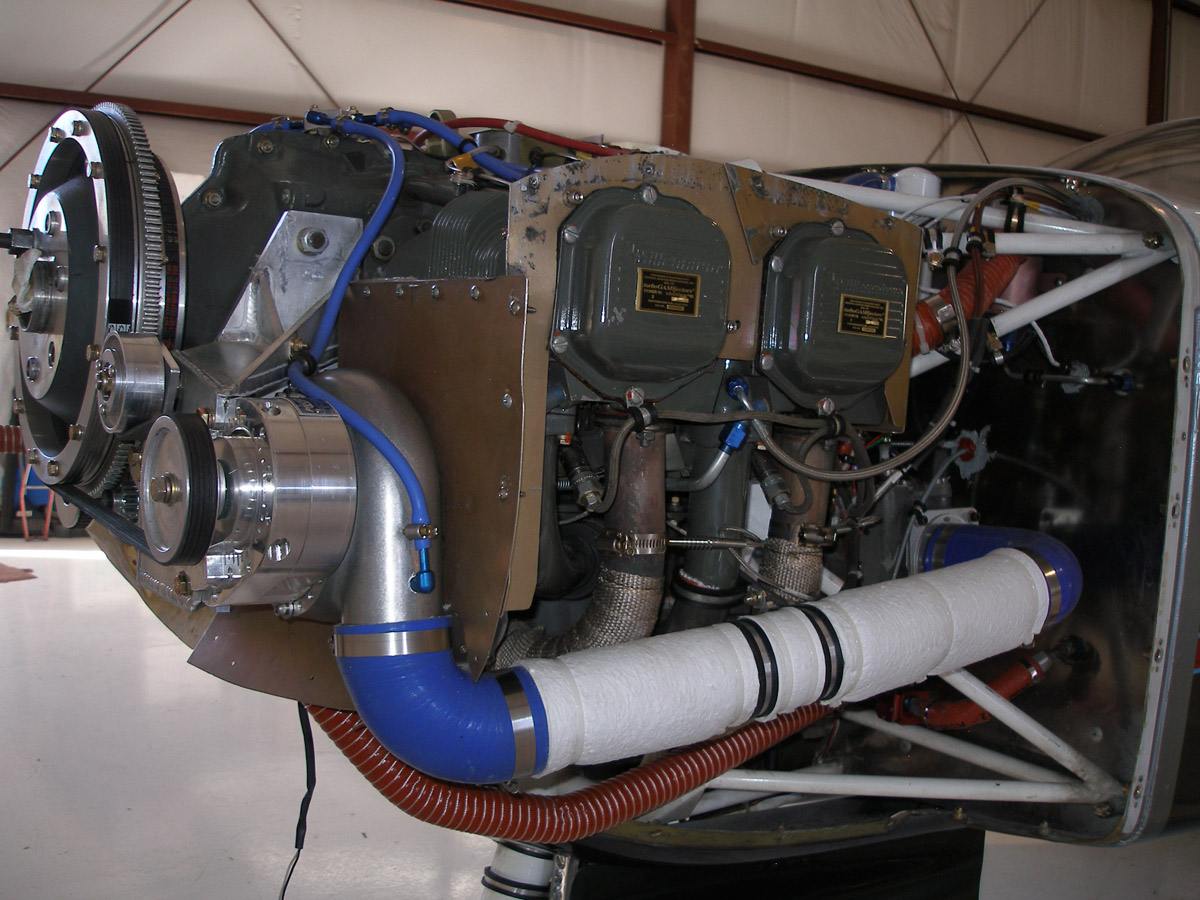 I started with a Glasair Super II RG built in 2011 to which I added wing extensions and an IO-360 parallel-valve Lycoming with about 115 hours. I had it flow-balanced and 10:1 pistons installed by Lycon. It was putting out close to 200hp. On a hot day, climbing out toward Lake Tahoe from KRNO—my home base with a field elevation of 4,500’— I could only get about 23” of MP and 7-800 fpm At 9,500’ LOP, power set at 55%, my TAS was about 160kt. As I got up to 12,500’ my climb rate feel to about 500 fpm and due to loss of power my TAS began to fall. Going out to Colorado at 17,500’ my TAS was about 150kt and about 45 % power, climb was anemic.
I started with a Glasair Super II RG built in 2011 to which I added wing extensions and an IO-360 parallel-valve Lycoming with about 115 hours. I had it flow-balanced and 10:1 pistons installed by Lycon. It was putting out close to 200hp. On a hot day, climbing out toward Lake Tahoe from KRNO—my home base with a field elevation of 4,500’— I could only get about 23” of MP and 7-800 fpm At 9,500’ LOP, power set at 55%, my TAS was about 160kt. As I got up to 12,500’ my climb rate feel to about 500 fpm and due to loss of power my TAS began to fall. Going out to Colorado at 17,500’ my TAS was about 150kt and about 45 % power, climb was anemic.
The installation for the supercharger was developed by Rod Sage at Forced Aeromotive Technologies and Greg Read.

The induction air filter and its components are removed to make room for new parts.
A carbon-fiber airbox is attached to the lower cowling which houses a K&N filter and ducts air to the supercharger airbox. In my aircraft the airbox was in the way of the induction air line and so it was replaced along with the alternate air door, which in my plane had all kinds of issues. The supercharger airbox gets an alternate air valve, which is operated by cable from the cockpit.
The main drive pulley is attached to the ring gear assembly and the supercharger mounted to the engine case. A manually adjusted idler pulley maintains belt tension on the five-groove belt.
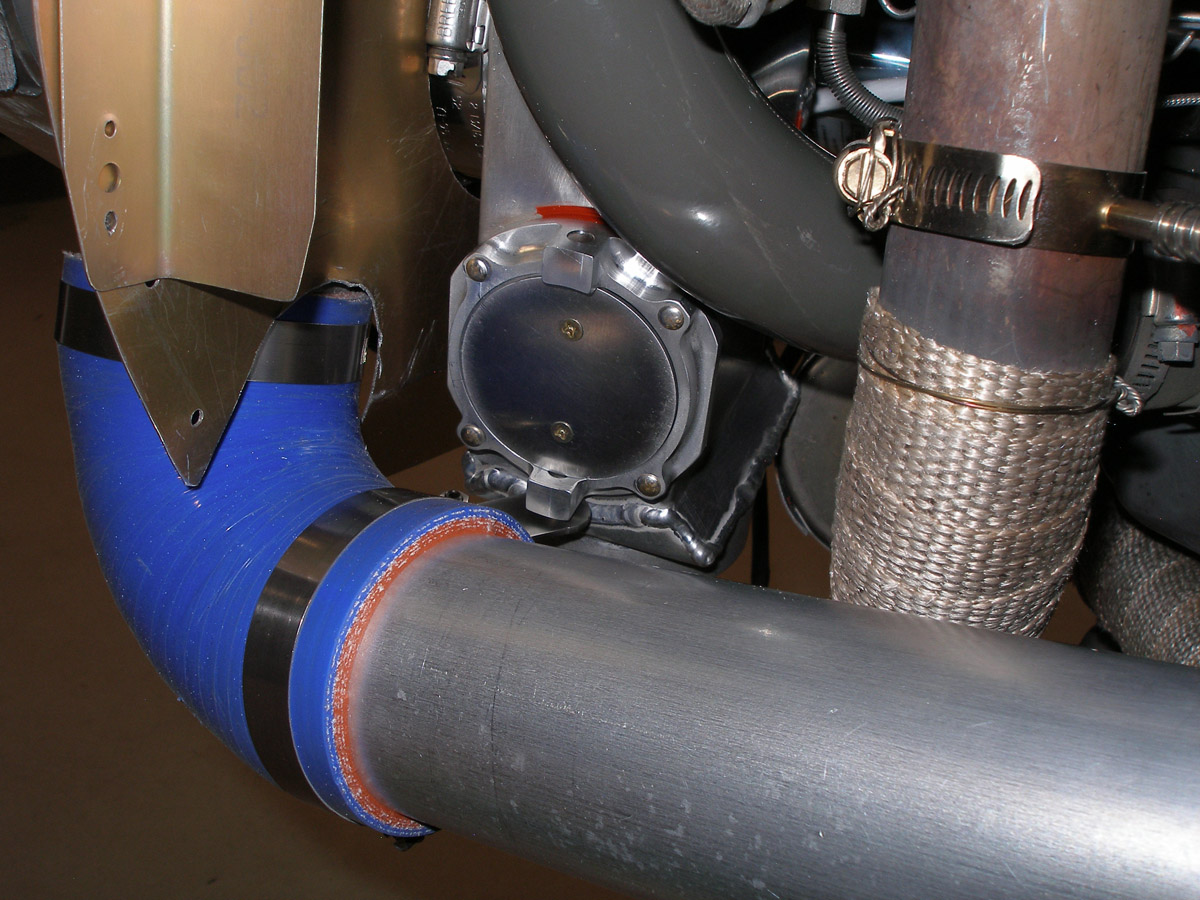
Turbo-style GAMI injectors are installed to help atomize fuel. The supercharger supplies air to the injectors via an airblock mounted on top of the engine case.
The supercharger is a self-oiling unit so there are no oil lines or fittings, or possibility of contamination of engine or supercharger lubricant. Its impeller RPM at takeoff is approximately half the design RPM which results in cool supercharger and induction temperatures. The system will maintain sea level manifold pressure to approximately 8-9,000’. The critical altitude of 8-9,000’ can be changed by altering the size of the belt driven wheels on the supercharger.
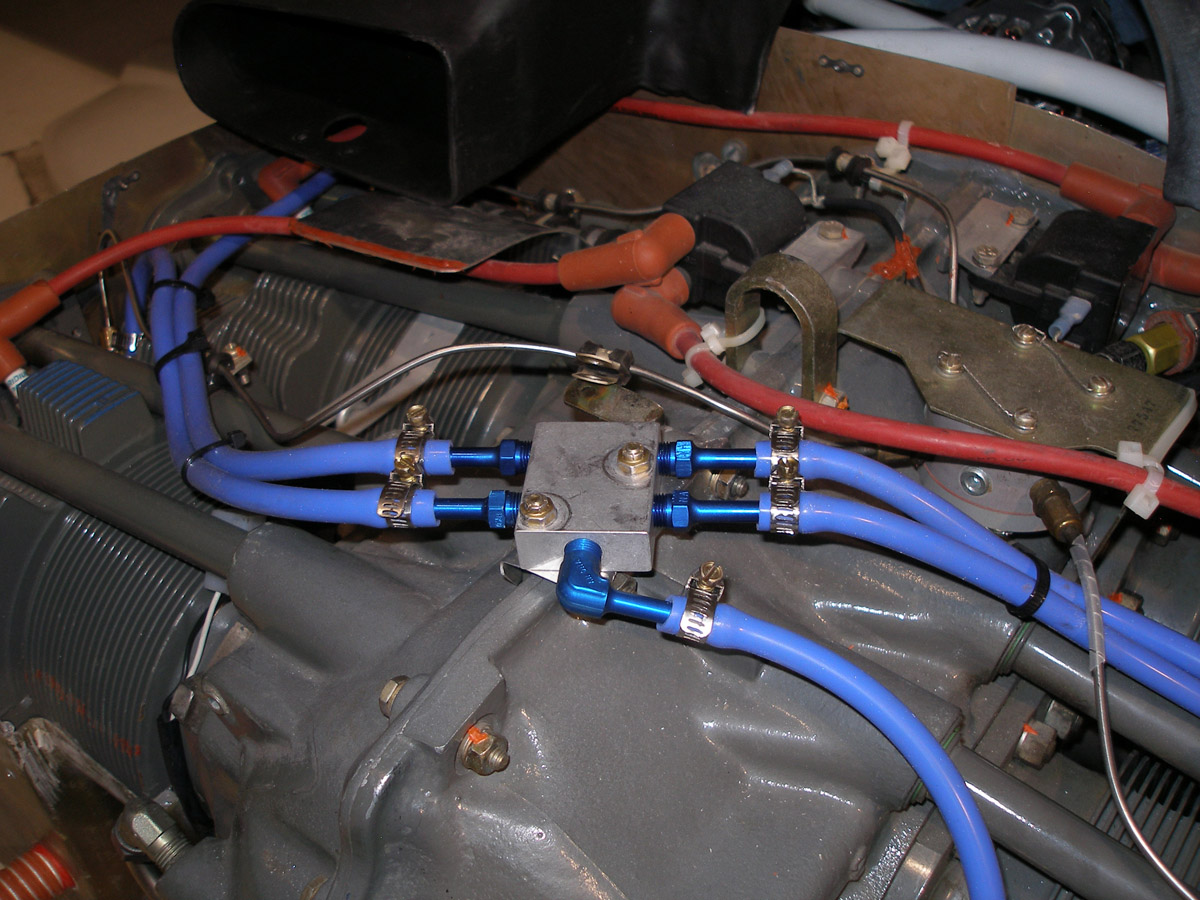
The left front of the cowling needed to be changed to accommodate the induction air line going to the back of the engine, which was done with carbon fiber—it was done using a long taper so it is barley noticeable.
The flight back from Centennial Colorado, (KAPA) was done in November in cool weather starting out with a climb to 16,500 feet. The take off is done like with a fixed wastegate turbo, but there is no lag—you advance smoothly to 30 inches and at 500 feet with gear and flaps up adjust to climb MP, in my case 24” and 2400 RPM. I was able to maintain 1000 feet per minute or better to 16,500 where I had 65% power at cruise. My cruise TAS was 172 knots at 14,500 and 63% power, 25 degrees LOP and 8.2 Gal/hr.
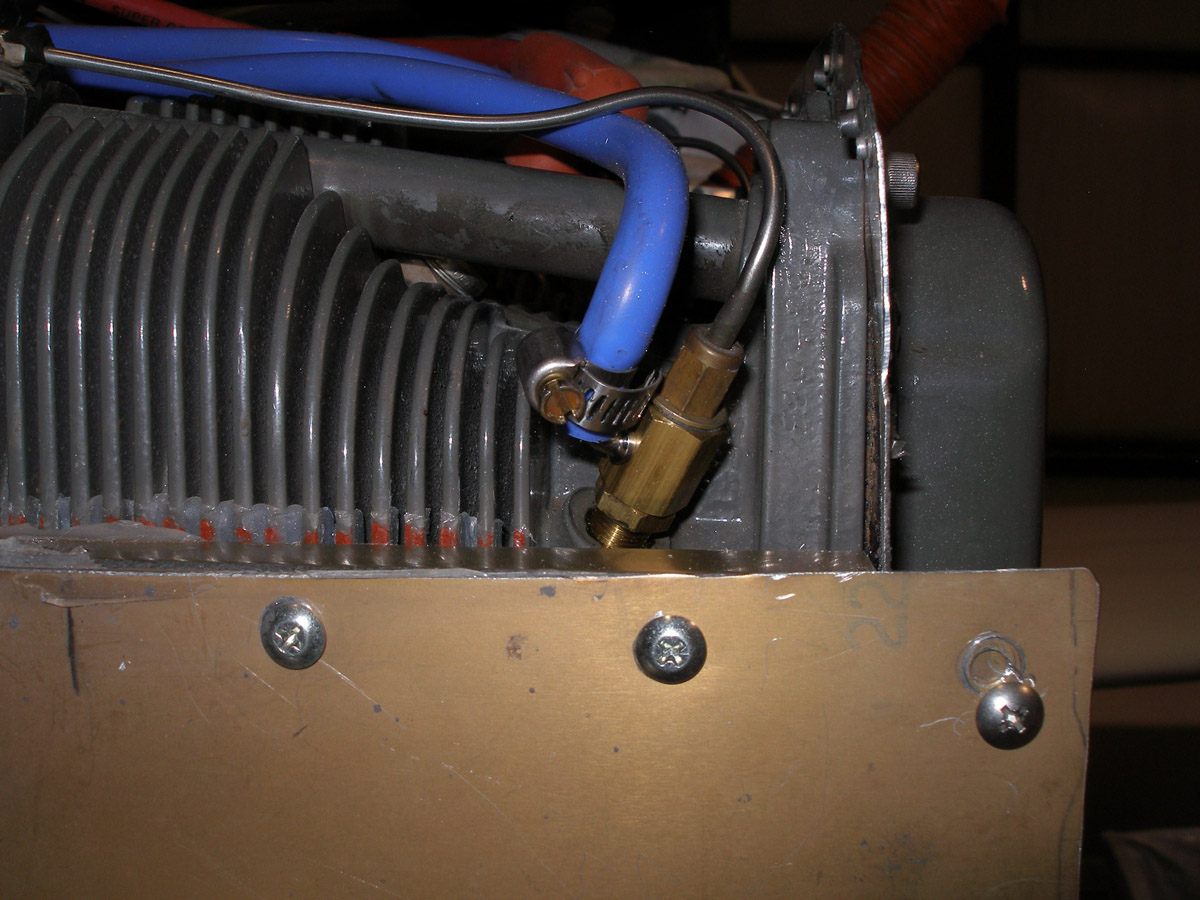
I have noticed the greatest improvement in climb rate above 12,500 where it was a struggle, especially with my wife in the plane. Now it just climbs right on up, though, it doesn’t fly as well at altitudes above 18,000 due to the short wingspan, even with the extensions.
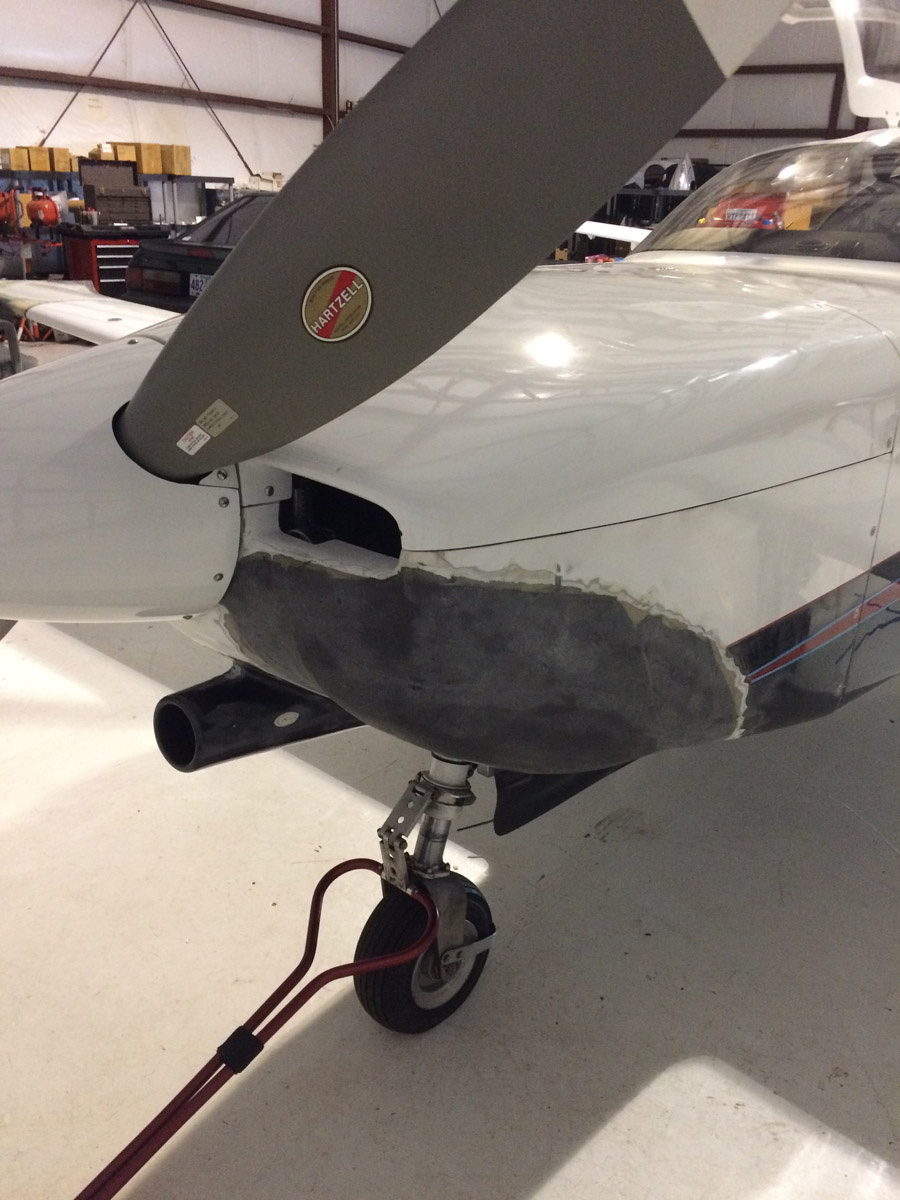




I’m currently in the process of building my Glasair 2 RG and am very interested in an engine modification like yours… What was your “out the door” price on the supercharger, engine mods, cowling work and paint?